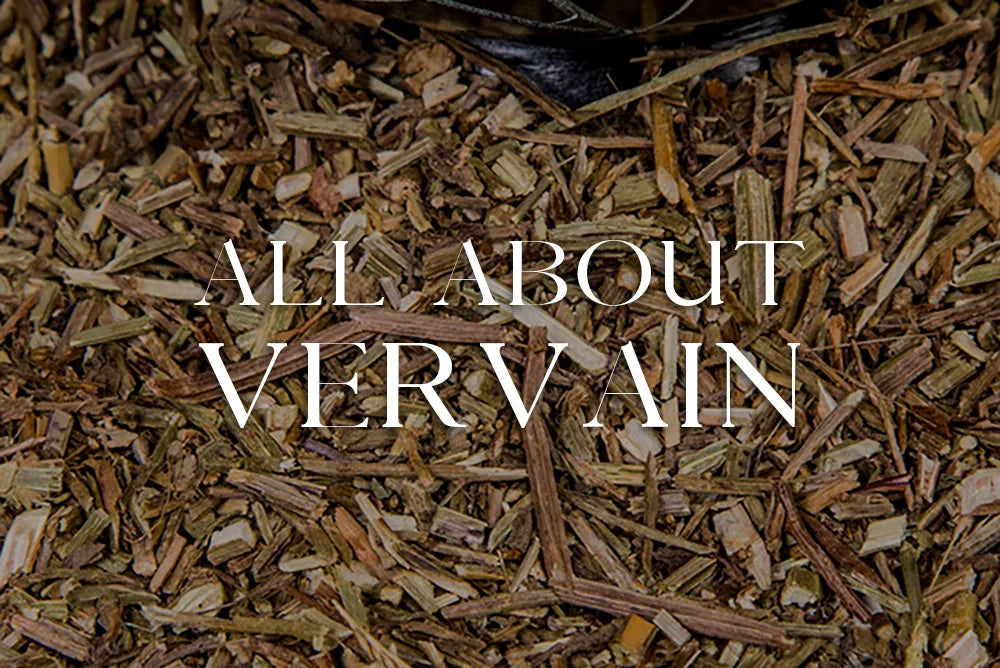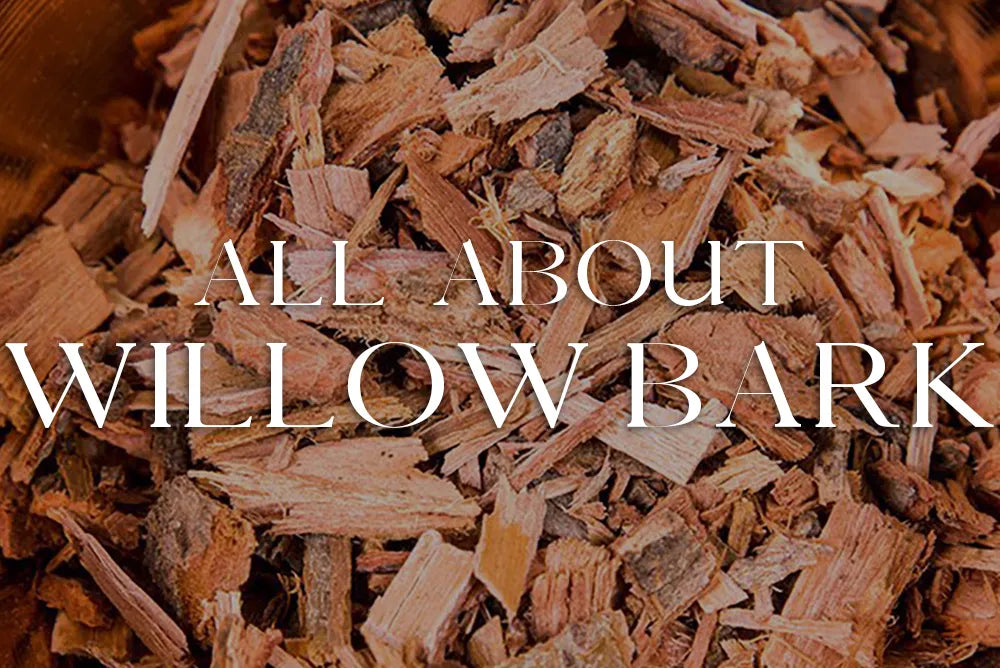White sage, scientifically known as Salvia apiana, is a perennial shrub native to the southwestern United States and northwestern Mexico, prized for its potent aromatic qualities and spiritual significance.
This sacred herb has been utilised for centuries by Indigenous peoples in rituals, ceremonies, and healing practices due to its purported cleansing and purifying properties. In witchcraft, white sage holds a prominent place as a tool for banishing negative energies, purifying sacred spaces, and aiding in divination. However, its widespread commercialisation and unsustainable harvesting practices have sparked controversy within both the pagan and indigenous communities, leading many practitioners to seek alternative cleansing herbs such as eucalyptus, cedar, or rosemary. This contentious issue underscores the importance of ethical sourcing and cultural sensitivity in the utilisation of sacred plants within spiritual practices. Tragic Beautiful made the decision several years ago to stop selling white sage, and instead we have chosen to stock an array of more sustainable alternatives. Head to our cleansing herbs to explore our range of white sage alternatives.
Read on to learn more about white sage & it's magickal properties & uses.
If you would like to explore alternatives to white sage, head to our blog on the topic here.
White sage's Magickal Properties
White sage holds profound magickal properties, renowned for its role in cleansing, purifying, and offering protection in spiritual practices. Beyond its practical functions, it is believed to bestow clarity and wisdom upon those who engage with its essence. However, it's crucial to approach this practice with cultural sensitivity and respect, acknowledging its sacred significance to Indigenous cultures, particularly in Native American traditions. As such, practitioners must be mindful of the cultural appropriation associated with the commercialisation of white sage and the ritual of smudging. It's essential to seek informed guidance and consider alternatives, honouring Indigenous communities' traditions and advocating for the sustainable harvesting of this precious herb.
To discover alternatives to white sage in cleansing, head to our blog here or explore our range of cleansing wands here.
White sage's medicinal benefits
White sage possesses a range of medicinal benefits that have been recognised for centuries. Traditionally, it has been used by Indigenous peoples of North America for its therapeutic properties. White sage contains compounds such as cineole, camphor, and thujone, which exhibit antimicrobial, anti-inflammatory, and antioxidant properties. It is often brewed into teas or used in steam inhalations to alleviate respiratory issues such as colds, coughs, and sore throats. Additionally, white sage is believed to aid in digestion, relieve headaches, and promote relaxation when used in aromatherapy. Its leaves can be made into poultices to soothe skin irritations and promote wound healing.
However, it's essential to use white sage medicinally with caution and under the guidance of a qualified healthcare practitioner due to its potency and potential side effects, particularly for those with certain medical conditions or sensitivities.
To check out our extensive range of witchcraft herbs, head to our witch herb collection here.















































































































































































